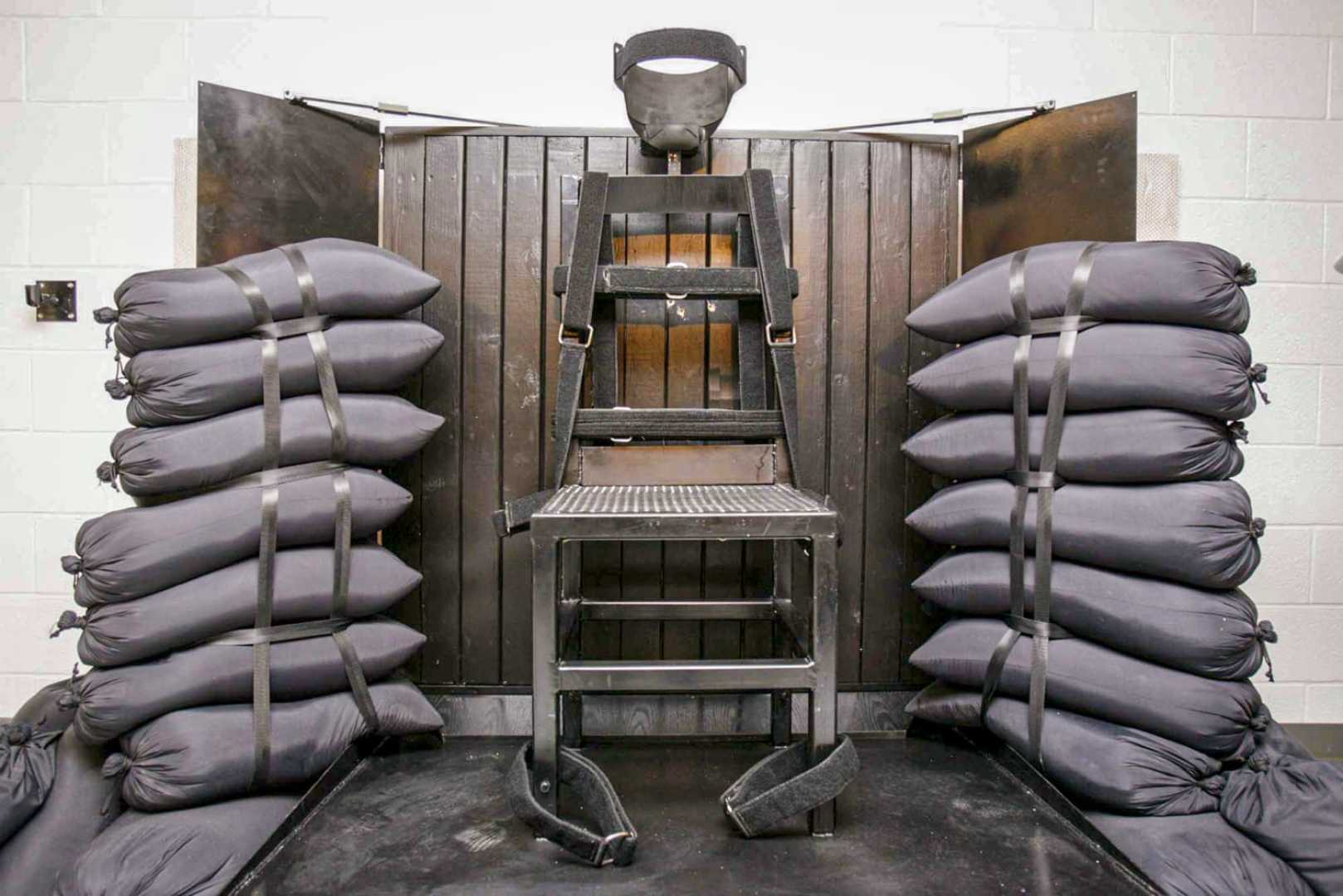News
South Carolina Prepares for Another Execution by Firing Squad

COLUMBIA, S.C. (AP) — South Carolina is set to execute Mikal Mahdi on April 11, marking the state’s second execution by firing squad in recent weeks. Mahdi, convicted for the 2004 murder of three individuals, including a police officer, has chosen this method over lethal injection and electrocution as his means of execution.
Mahdi, 41, was sentenced to death for ambushing Orangeburg Public Safety officer James Myers, shooting him eight or nine times. Officers apprehended Mahdi after finding his vehicle, stolen at gunpoint, near the crime scene. He was previously convicted in North Carolina for killing a convenience store clerk, Christopher Boggs. His attorneys claim Mahdi’s sentencing resulted from inadequate representation and a failure to address vital aspects of his background, including his history of abuse and mental health issues.
On March 7, 2025, Brad Sigmon became the first person executed by firing squad in the U.S. in 15 years. This method is now legally classified in South Carolina as an option for death penalty cases. South Carolina lawmakers passed legislation allowing inmates to choose between firing squad, lethal injection, or electrocution, partly due to difficulties in obtaining lethal injection drugs.
South Carolina has conducted four executions since September 2023, following a 13-year hiatus. The state’s highest court ruled earlier this week that Mahdi’s legal team had not adequately represented his case in earlier appeals. The Supreme Court dismissed arguments about the defense’s failure to properly convey Mahdi’s traumatic history and mental state.
The execution process for Mahdi will begin shortly before 6 p.m. when the prison warden seeks approval from Governor Henry McMaster to proceed. If granted, Mahdi will be restrained in the execution chamber, where a target with a red bull’s-eye will be placed over his heart. He will wear black clothing, similar to Sigmon, in contrast to the typical green prison jumpsuit.
A hood will cover Mahdi’s head before three volunteer prison staff members fire rifles from roughly 15 feet away. These volunteers have completed necessary training, but their identities and specific preparations remain undisclosed. Mahdi’s execution will be followed by a physician confirming his death.
Critics of the firing squad note the potential for suffering. A medical expert has indicated that damage to the heart is crucial to ensure swift death, while a counterpoint suggests that individuals may experience pain based on shot placement and any miscalculations. The state’s application of .308-caliber Winchester ammunition is designed to cause rapid cessation of bodily function upon impact.
As South Carolina moves forward with executions, lawmakers maintain the firing squad as a legal, humane alternative amid controversies surrounding lethal injection. Mikal Mahdi’s case reflects broader discussions regarding the ethics of capital punishment and the complexities of judicial representation, mental health, and evolving societal standards.
Despite facing execution, Mahdi’s legal counsel continues to contest his death sentence, arguing the judicial process did not consider his personal history adequately. As the state prepares for another execution, calls for reform within the justice system persist, highlighting issues surrounding efficiency, trauma, and the morality of capital punishment.












